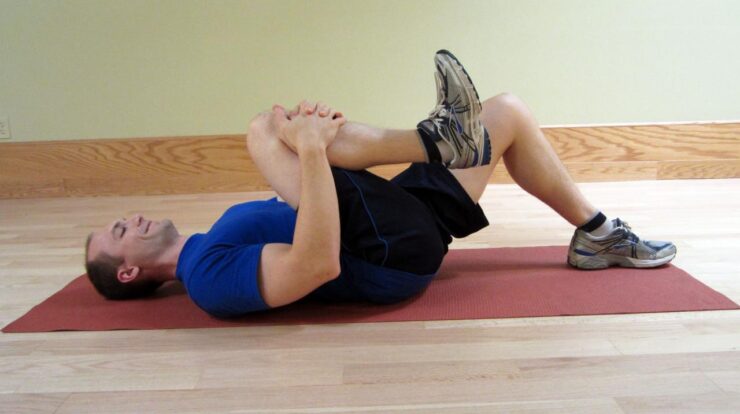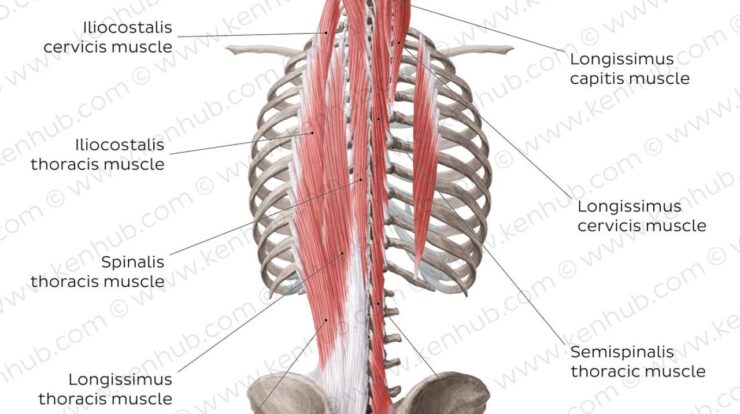
Back muscles, the unsung heroes of our posture and movement, play a pivotal role in our overall health and well-being. From the powerful latissimus dorsi to the stabilizing erector spinae, understanding these muscles is crucial for maintaining a strong and healthy back.
In this comprehensive guide, we delve into the anatomy of back muscles, exploring their functions and their significance in our daily lives. We also provide a detailed list of exercises designed to strengthen these muscles, along with tips for preventing common injuries.
For those who have lost their mothers, Mother’s Day can be a particularly difficult time. Many people choose to honor their mothers’ memories by visiting their gravesites or sharing special moments they shared together.
Additionally, we discuss the importance of recovery and rehabilitation for maintaining back muscle health.
Back Muscles: Anatomy, Exercises, Injuries, and Recovery
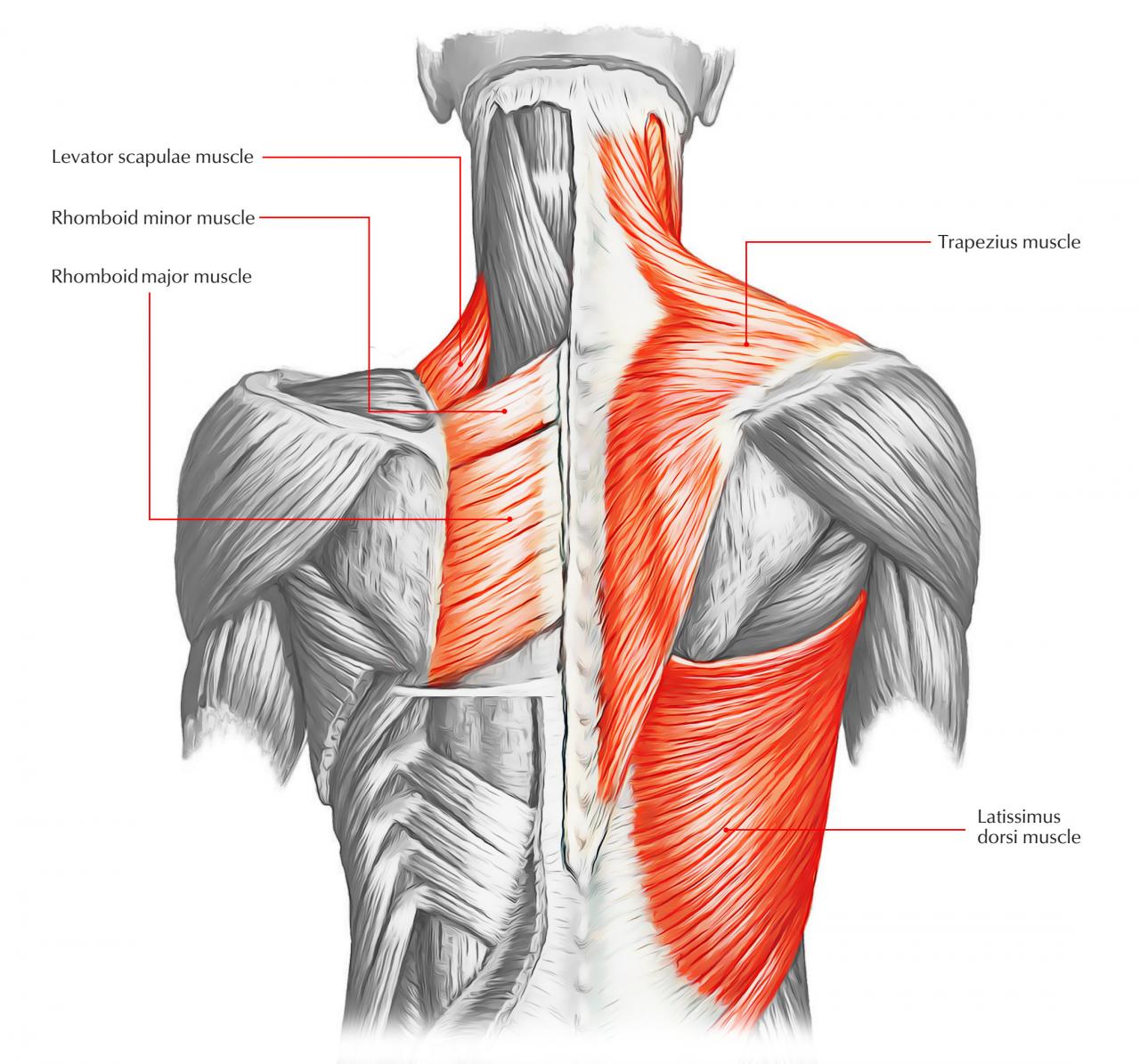
The back muscles play a vital role in maintaining posture, movement, and stability. Understanding their anatomy, performing targeted exercises, and addressing common injuries can help ensure optimal back health and prevent pain.
Anatomy of Back Muscles
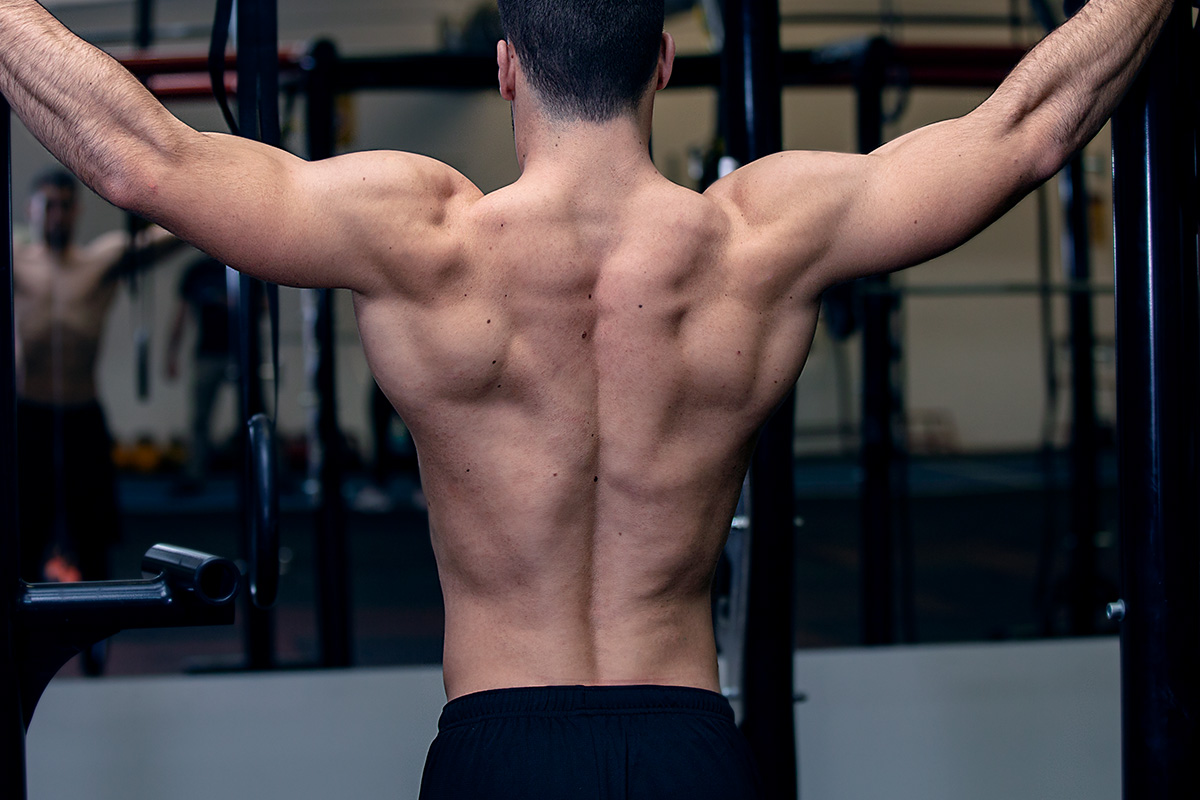
The back muscles can be divided into three main groups:
- Superficial Muscles:These include the latissimus dorsi, which helps with arm movements, and the trapezius, which assists with shoulder and neck movement.
- Intermediate Muscles:These consist of the rhomboids, which retract the shoulder blades, and the levator scapulae, which elevates the shoulder blades.
- Deep Muscles:These include the erector spinae, which supports the spine and assists with bending and twisting movements.
Exercises for Strengthening Back Muscles
- Barbell Row:Targets the latissimus dorsi and other back muscles. Stand with your feet hip-width apart, bend your knees slightly, and hold a barbell with an overhand grip. Pull the bar towards your chest, keeping your back straight and engaging your lats.
As Mother’s Day approaches, many people are sending messages of love and appreciation to their mothers. One popular way to express gratitude is through social media posts. This year, the hashtag #HappyMothersDaySis is trending on platforms like Twitter and Instagram.
- Pull-Up:Works the latissimus dorsi, trapezius, and rhomboids. Hang from a pull-up bar with your palms facing you. Pull yourself up until your chin reaches the bar, then slowly lower yourself back down.
- Back Extension:Targets the erector spinae. Lie on a bench with your stomach facing down and your feet secured. Lift your upper body off the bench, keeping your back straight and engaging your core.
Common Back Muscle Injuries
- Strain:A muscle strain occurs when a muscle is overstretched or torn. Symptoms include pain, stiffness, and tenderness.
- Sprain:A muscle sprain occurs when a ligament is stretched or torn. Symptoms include pain, swelling, and bruising.
- Tear:A muscle tear occurs when a muscle is completely torn. Symptoms include severe pain, swelling, and bruising.
Back Muscle Recovery and Rehabilitation, Back muscles
- Rest:Rest is essential for allowing back muscles to recover from injury.
- Stretching:Stretching can help reduce muscle soreness and improve flexibility.
- Massage:Massage can help promote muscle relaxation and reduce pain.
- Physical Therapy:Physical therapy can help rehabilitate back muscle injuries and restore range of motion and strength.
Final Conclusion: Back Muscles
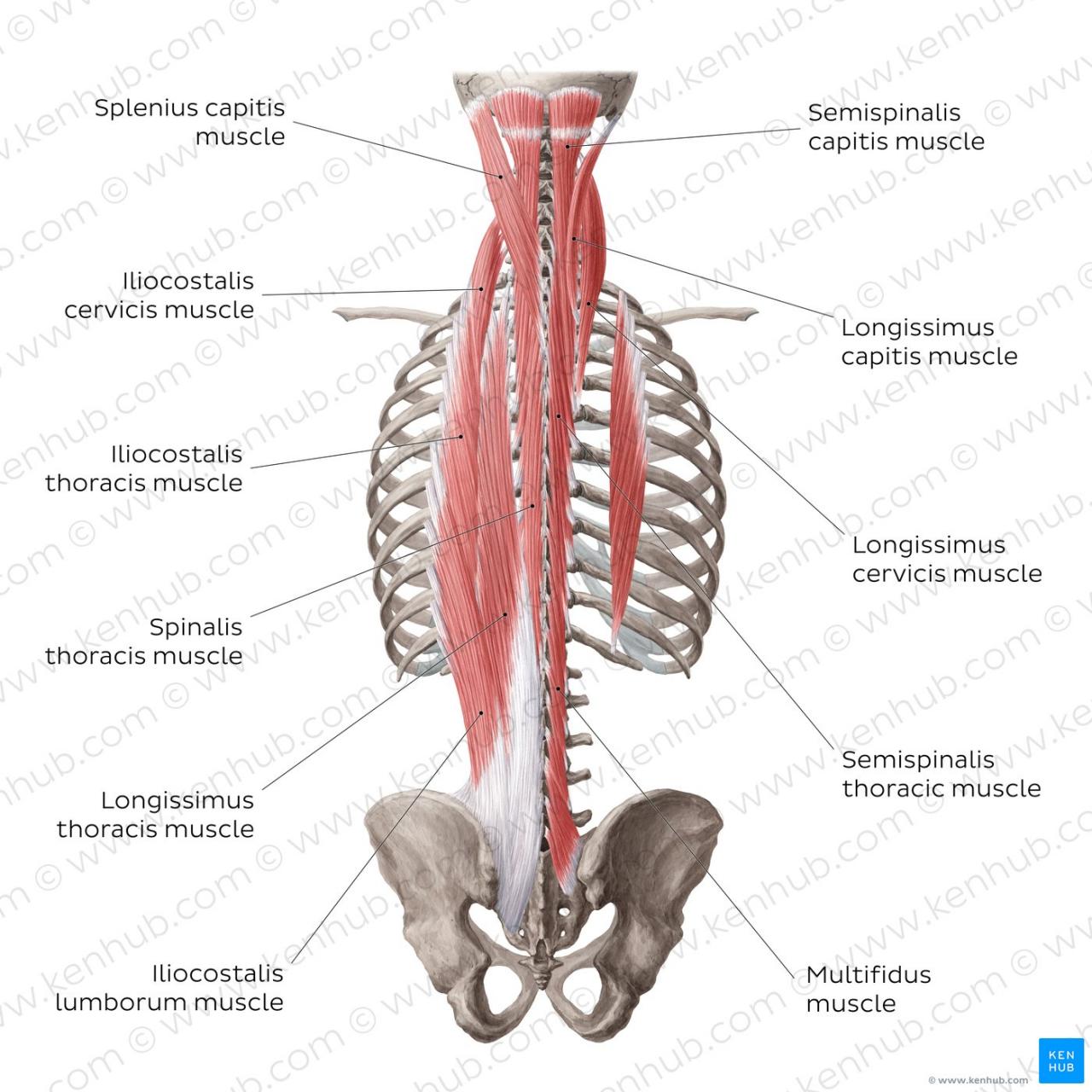
By understanding the anatomy, functions, and care of back muscles, we can appreciate the remarkable role they play in our physical well-being. Whether you’re an athlete, a fitness enthusiast, or simply someone looking to improve your posture, this guide provides valuable insights into the importance of maintaining healthy back muscles.
Frequently Asked Questions
What are the most important back muscle groups?
For those experiencing lower back pain, exercises can provide significant relief. One effective exercise is the pelvic tilt, which involves lying on your back with your knees bent and your feet flat on the floor. Tilt your pelvis backward, flattening your lower back against the floor, and hold for 5-10 seconds.
Repeat this exercise 10-15 times.
The latissimus dorsi, trapezius, rhomboids, and erector spinae are the major back muscle groups responsible for posture, movement, and stability.
What are some common back muscle injuries?
In other news, Vietnamese Americans are preparing to celebrate Mother’s Day on May 8th. The holiday is known as “Ngày của Mẹ” in Vietnamese and is typically celebrated with family gatherings and special meals.
Strains, sprains, and tears are common back muscle injuries that can result from improper exercise technique or poor posture.
How can I prevent back muscle injuries?
Maintaining proper posture, using correct exercise technique, and warming up before workouts can help prevent back muscle injuries.
What are some exercises that strengthen back muscles?
Rows, pull-ups, and deadlifts are effective exercises for strengthening back muscles.
How can I recover from a back muscle injury?
In a recent Reddit post, a woman shared a photo of a sign in a Michigan grocery store that sparked controversy. The sign read, “Happy Mother’s Day to all the amazing moms out there!” Some users found the sign to be heartwarming, while others criticized it for being too generic and not inclusive enough.
Rest, ice, compression, and elevation (RICE) can help reduce inflammation and pain associated with back muscle injuries. Physical therapy may also be necessary for rehabilitation.
